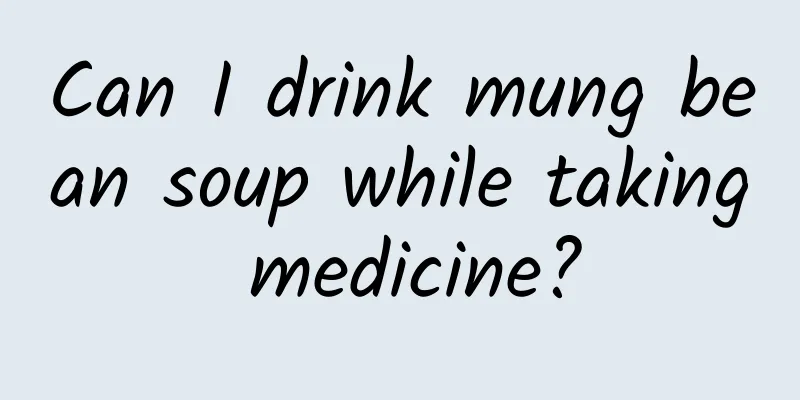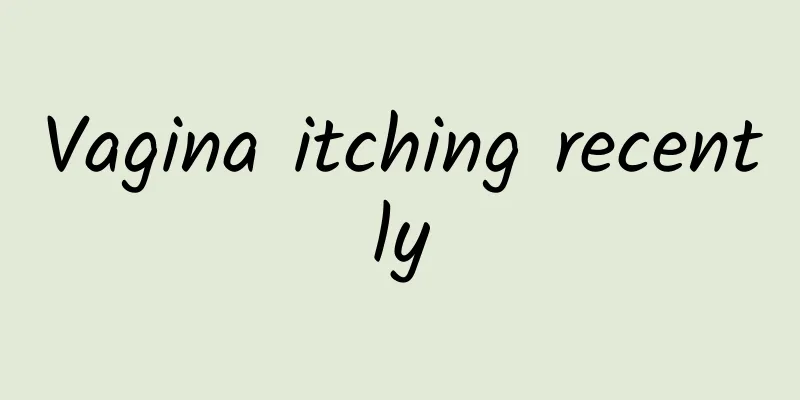What are the symptoms of rheumatoid arthritis treated by traditional Chinese medicine?

|
Rheumatoid arthritis is a very common disease that has attracted worldwide attention. Especially as people pursue some fashions in an extreme way and do not pay attention to keeping warm, rheumatoid arthritis has shown a rapid development. Both traditional Chinese medicine and Western medicine have very effective methods for treating rheumatoid arthritis, but many people around us have great confidence in traditional Chinese medicine's ability to treat rheumatoid arthritis. So what are the symptoms of traditional Chinese medicine's ability to treat rheumatoid arthritis? Using the four diagnostic methods of observation, auscultation, olfaction, questioning and palpation, rheumatoid arthritis is generally divided into the following four syndromes: The syndrome of damp-heat blocking the collaterals is common in the early and active stages of the disease, and is characterized by redness, heat, swelling, pain in the joints, increased body temperature, and a red tongue with a yellow coating. The treatment principle is "clearing away heat, detoxifying, resolving dampness and unblocking meridians". Representative prescriptions include Xuanbi Decoction and Mufangji Decoction. The symptoms of cold-dampness blocking the meridians are common in the remission period and middle and late stages of the disease. At this time, the joints are cold, the patient is afraid of cold, the tongue is pale with white fur, and the condition worsens on cloudy and rainy days. The treatment principle is mainly based on "dispelling cold and warming the meridians, resolving dampness and unblocking the collaterals". You can choose traditional Chinese medicine that warms the meridians and dispels cold. Representative prescriptions include Wutou Decoction, Huangqi Guizhi Wuwu Decoction, etc. The symptoms of blood stasis blocking the collaterals are mainly pain and deformation of the joints, dark tongue, and sluggish pulse. Women also experience symptoms such as menstrual blood clots and black color. The principle of treatment is "promoting blood circulation, removing blood stasis, dispersing wind and unblocking meridians". Representative prescriptions include Taohong Siwu Decoction, Shentong Zhuyu Decoction, etc. Symptoms of liver and kidney deficiency and qi and blood deficiency include joint pain, weakness in the waist and knees, fatigue, sallow complexion, etc. The treatment principle is "replenishing qi and blood, nourishing the liver and kidneys, dispelling wind and unblocking the meridians." Representative prescriptions include Duhuo Jishe Decoction and Juan (pronounced juan, meaning "remove") Bi Decoction. Through the above introduction, Chinese medicine can treat the symptoms of dampness in four aspects. We all know that dampness can cause great harm to the human body. It is not just pain. Over time, if not treated in time, it will also cause other diseases. Therefore, for such diseases, everyone should go to a regular hospital for treatment in time to avoid delaying the disease and threatening their health. |
<<: Detailed explanation of the effects and contraindications of Panax notoginseng powder
>>: Treatment of rheumatism in traditional Chinese medicine
Recommend
Can hypothyroidism be passed on to children?
First of all, we need to know that inheritance is...
Side effects of white peony root
Everything has two sides, and medicine is even mo...
Why do I feel sleepy all day?
If you always feel sleepy and have no energy ever...
What foods are better to eat when myocardial enzymes are high?
Myocardial enzyme is an indicator of a person'...
Overview of Bazhen Pills
Bazhen Pills have the effect of replenishing qi a...
How many days of pregnancy will cause vomiting reaction? What are the precautions?
For female friends, they often experience symptom...
What is the reason for delayed menstruation and lower abdominal pain?
Abdominal bloatingle="text-indent: 2em; text-...
What are the symptoms of urticaria? Watch out for these 5 symptoms
Urticaria is divided into chronic urticaria, acut...
How are perianal cysts formed? Infection is the most common
Perianal cysts can cause pain, and the pain is pa...
Treatment of renal insufficiency
Everyone wants to have healthy kidneys, because i...
Can I drink Chinese medicine at noon?
Although Chinese medicine is relatively slow in r...
What are the signs of mental illness?
Mental illness is a relatively large category of ...
Does thrush hurt?
Many people will develop mouth ulcers if they do ...
Dangers of drinking turmeric powder
Turmeric powder is a Chinese herbal medicine and ...
How to treat advanced lung cancer better
If lung cancer has developed to the late stage or...









